#Mt. Myojo
Explore tagged Tumblr posts
Photo
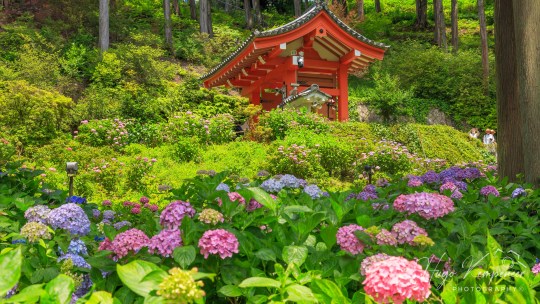
Mimuroto-ji Temple is one of the most impressive sites to see the hydrangea or ajisai in its most spectacular display. Daytime and during evening light-up.
33 notes
·
View notes
Photo

The red lotus symbolises compassion and the original state of the heart. It is the red lotus of the Heart Sutra and is shown in full bloom. It can also represent the history and stories of the Buddha.
#Ajisai#Buddhism#Hōshō ushi#Japan#Kyoto#Mimuroto-ji#Mt. Myojo#Uji#hydrangea#travel#あじさい#ハスの花#ロータス#三室戸寺#宝勝牛#日本
12 notes
·
View notes
Photo
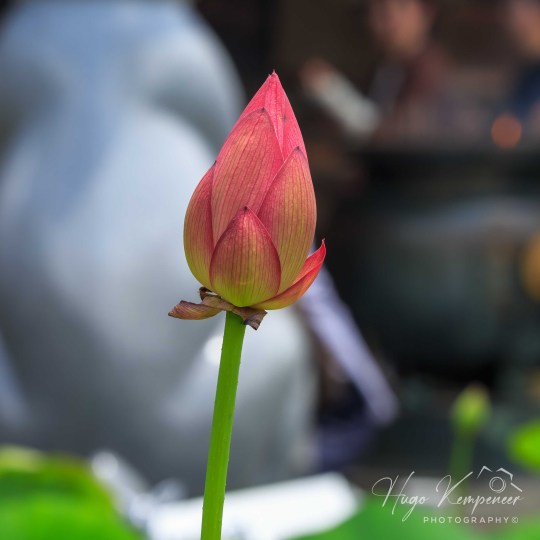
A closed Lotus bud is synonymous with the journey’s beginning.
#Ajisai#Buddhism#Hōshō ushi#Japan#Kyoto#Mimuroto-ji#Mt. Myojo#Uji#hydrangea#lotus#lotus flower#travel#あじさい#ハスの花#ロータス#三室戸寺#宝勝牛#日本
19 notes
·
View notes
Photo
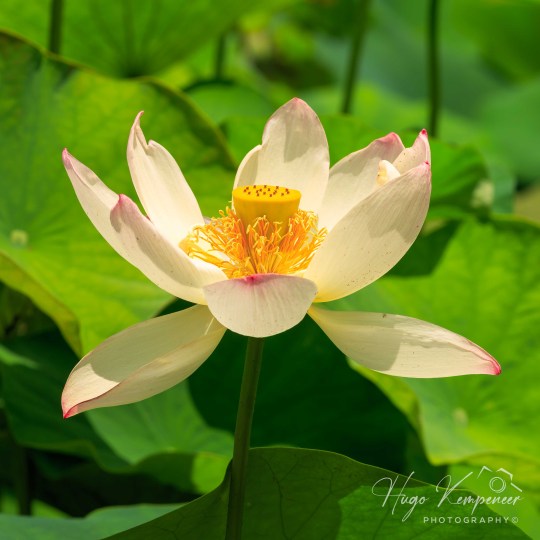
The white lotus represents the heart of the Buddha and purity in body, mind and spirit. It emerges pristine from the murkiest waters and is depicted as the goal at the end of one’s spiritual journey.
#Ajisai#Buddhism#Hōshō ushi#Japan#Kyoto#Mimuroto-ji#Mt. Myojo#Uji#hydrangea#lotus#travel#あじさい#ハスの花#ロータス#三室戸寺#宝勝牛#日本
12 notes
·
View notes
Photo

Mimuroto-ji Temple is one of the most impressive sites to see the hydrangea or ajisai in its most spectacular display. Daytime and during evening light-up.
11 notes
·
View notes
Photo

Mimuroto-ji Temple is one of the most impressive sites to see the hydrangea or ajisai in its most spectacular display. Daytime and during evening light-up.
12 notes
·
View notes
Photo

Mimuroto-ji Temple is one of the most impressive sites to see the hydrangea or ajisai in its most spectacular display. Daytime and during evening light-up.
9 notes
·
View notes
Photo

Mimuroto-ji Temple is one of the most impressive sites to see the hydrangea or ajisai in its most spectacular display. Daytime and during evening light-up.
11 notes
·
View notes
Photo
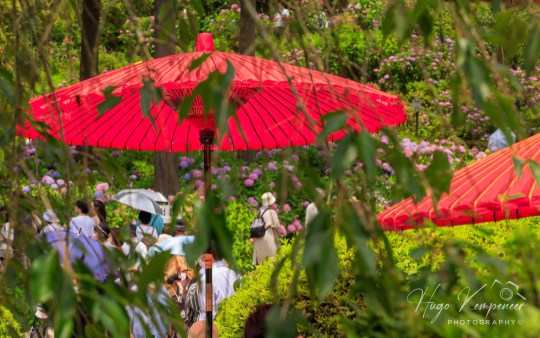
With the rainy season commencing in Kyoto, Mimuroto-ji Temple is one of the most impressive sites to see the hydrangea or ajisai in its most spectacular display. Daytime and evening light-up By taking a look at the etymology of the Japanese name Ajisai, we can see that in earlier times, the flowers were mainly blue, as the sounds used to make up the name originally meant a “Gathering Of Blues” (aji-from atsu (集まる) or gather, and ai (藍), indigo blue.
8 notes
·
View notes
Photo

5 notes
·
View notes
Photo

Mimuroto-ji Temple is one of the most impressive sites to see the hydrangea or ajisai in its most spectacular display. Daytime and during evening light-up.
5 notes
·
View notes
Photo

Mimuroto-ji Temple is one of the most impressive sites to see the hydrangea or ajisai in its most spectacular display. Daytime and during evening light-up.
4 notes
·
View notes
Photo
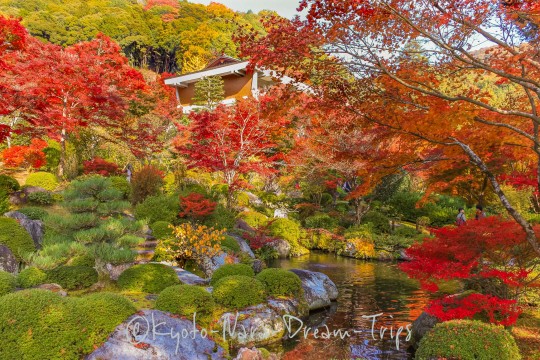
The "Pond and Rock Garden" of Mimuroto-ji, created by Nakane Kinsaku, in Kyoto-Japan.
#Buddhism#Hōshō ushi#Japan#Kyoto#Mimuroto-ji#Mt. Myojo#Nakane Kinsaku#Uji#autumn#travel#三室戸寺#宝勝牛#池泉回遊式庭園
24 notes
·
View notes